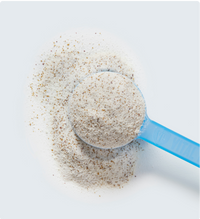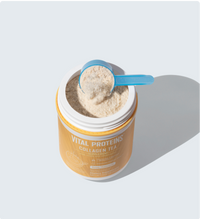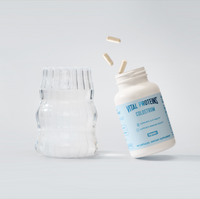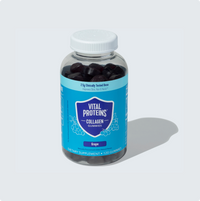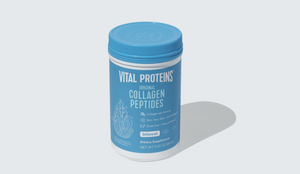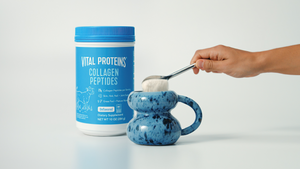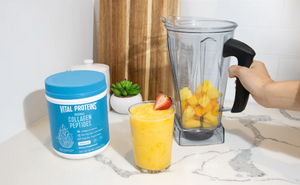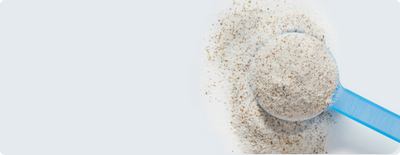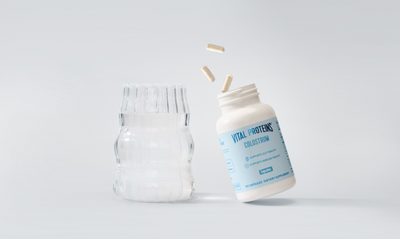As someone who writes a lot about beauty, prepare to be surprised over what I have to say next: I used to be bad at skincare. And by used to, I’m not talking about the distant past or even in a galaxy far, far away. I’m talking about here on earth and just a few months ago.
Even when I spent a lot of money on skincare and tried to make something as simple as removing my makeup every night a habit, it would never stick. I knew I had to make a serious change and thankfully, this happened at the end of 2019.
So when I found the book Tiny Habits by BJ Fogg, PhD, which is all about using tiny habits instead of big ones to change your life, I was sold.
I went home (okay first, I stopped for sushi — change takes time, people) but once I was home and fed, I got to reading.

Why People Fail at Sticking to Habits
Fogg explained why so many people fail at sticking with habits, and it all came down to this: “We are not the problem. Our approach to change is. It’s a design problem — not a personal flaw.”
The premise of Tiny Habits is that you have to start small and stop relying solely on motivation (he calls this the Motivation Monkey).
To give you an example of just how unreliable the Motivation Monkey is, consider New Year’s resolutions. The Motivation Monkey affects millions of people who sign up for the gym each New Year, fueled by so much hope to finally get in shape. They may go a few days or weeks of sticking to their health goals, but at some point, the Motivation Monkey abandons the cause. Suddenly, we’re on our own and that glazed donut in the break room is looking mighty fine.
As such, the goal isn’t to hack your motivation — it’s to stop relying on it entirely.

3 Key Ways to Stay Motivated
In order to make a habit successful, Fogg, who also founded the Behavior Design Lab at Stanford University, writes that this requires three things: motivation, ability and prompt. All of this is outlined in his Fogg Behavior Model (FBM).
Let me use the habit of applying sunscreen every morning as an example.
I’m motivated to apply sunscreen in order to protect my skin. My ability to apply sunscreen every morning is easy since I leave the bottle on my washroom counter (the same wouldn’t be said if I had to track it down every morning). And finally, my prompt for applying sunscreen to my face is that it’s anchored in what quite literally is called an anchor habit. This is a habit that you do every day, like brushing your teeth.
To increase your chances of making a habit stick, you attach the tiny one to an anchor habit: “After I brush my teeth, I will floss one tooth.” The keyword is after since you are doing the new habit immediately afterward in order to make it stick.
The last missing puzzle to this, Fogg writes, is to celebrate! Silly as it may be, celebrating is vital to the process since it helps the habit stick. You’ll remember to do something that makes you feel good.
How I Applied Habit-Learning To My Skincare Routine
With all this information, my new skincare routine was born.
It’s been almost two months now and it’s as such: After I floss my teeth, I will cleanse my face. After I cleanse my face, I will moisturize my face. After I moisturize my face, I will apply SPF. After I apply SPF, I will apply my rose hip oil. After I apply my rose hip oil, I will apply my retinol cream.
I’ve even turned taking collagen into a tiny habit. For this, I apply it to my morning routine. After I drink water in the morning, I will take my Vital Proteins Collagen Peptides. After I get ready for bed, I will take my Sleep Collagen Shot.
My trick to all of this? Once again, it’s all about starting small.
Just like you don’t want to run into the mistake of choosing a habit that’s too big, you don’t want to overrun yourself by trying too many at once. For these reasons, Fogg recommends starting with 1-3 tiny habits per month.

The Bigger Impact Of Sticking To Habits
There were so many testimonials in the book about how tiny habits snowball to create change in a person’s life. One girl went from turning on her stove each day to making breakfast for herself each morning, along with other positive changes such as three breaths of meditation turning into a full-blown habit.
At first, I scoffed when I read this. I believed this wasn’t possible, especially not for someone like me who had struggled with habits and routine all her life.
But the more I’ve applied tiny habits, the more it began to do just what Fogg said: It changed my identity about myself. I was becoming the person I always wanted to be — someone who takes good care of herself.
Now, as someone who writes and is obsessed with beauty, I love being able to walk away from my makeup vanity every day knowing that I am someone who takes good care of her skin.
This feels like one tiny, but significant step in the right direction.

